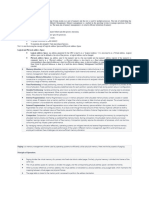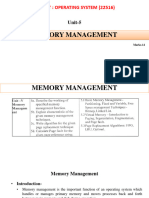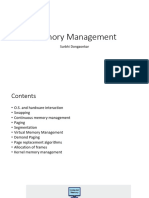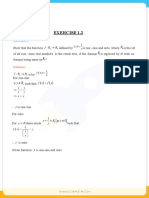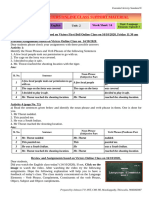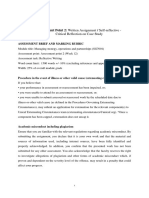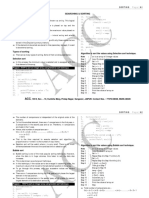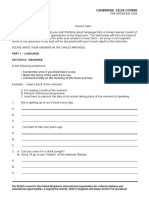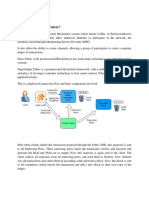0% found this document useful (0 votes)
12 views3 pagesMemory Management Notes Clean
The document discusses memory management concepts, focusing on multiprogramming with fixed and variable partitions, protection schemes, paging, segmentation, paged segmentation, virtual memory, and demand paging. It highlights the advantages and disadvantages of each method, including issues like fragmentation, efficiency, and complexity. Overall, it emphasizes the importance of effective memory management for optimizing performance and resource utilization.
Uploaded by
Saksham RaiCopyright
© © All Rights Reserved
We take content rights seriously. If you suspect this is your content, claim it here.
Available Formats
Download as PDF, TXT or read online on Scribd
0% found this document useful (0 votes)
12 views3 pagesMemory Management Notes Clean
The document discusses memory management concepts, focusing on multiprogramming with fixed and variable partitions, protection schemes, paging, segmentation, paged segmentation, virtual memory, and demand paging. It highlights the advantages and disadvantages of each method, including issues like fragmentation, efficiency, and complexity. Overall, it emphasizes the importance of effective memory management for optimizing performance and resource utilization.
Uploaded by
Saksham RaiCopyright
© © All Rights Reserved
We take content rights seriously. If you suspect this is your content, claim it here.
Available Formats
Download as PDF, TXT or read online on Scribd
/ 3






